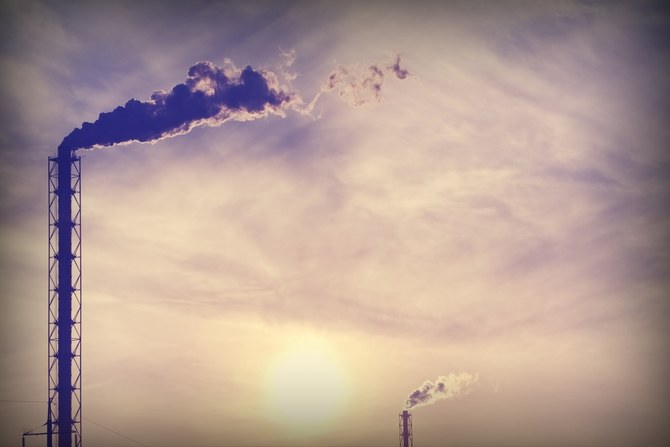Three carbon storage facilities in Saudi Arabia, the UAE and Qatar capture 10 percent of the world’s carbon dioxide annually, according to an Arab Monetary Fund official.
Abdul Rahman Al-Hamidi, director general and chairman of the organization, revealed that the facilities captured around 40 million tons in 2020.
The announcement was made during the conference on enhancing the transition to a circular carbon economy to support sustainable development currently taking place in Abu Dhabi.
Al-Hamidi noted that the circular carbon economy approach can enable the reduction of greenhouse emissions, improve resource efficiency, and promote sustainable economic development in Arab countries.
The circular carbon economy is a framework for managing and reducing carbon emissions through 4Rs — reduce, reuse, recycle, and remove.
With numerous challenges of energy security, the circular carbon economy provides an opportunity not only to reduce carbon emissions, but also to drive economic growth and create new job opportunities, Al-Hamidi added.
Carbon dioxide emissions that come from coal consumption surged to reach 15.3 gigatons in 2021. Coal alone represents 40 percent of the total growth in emissions at the global level.
Al-Hamidi said: “With the expansion of the uses of energy sources and the fluctuation of their prices, attention is directed directly to fossil fuel sources, especially oil and gas, to classify them as primarily responsible for emissions of greenhouse gases harmful to the environment, especially carbon dioxide, in light of what the globe has been witnessing in recent years.”
The Arab region has performed well in terms of energy efficiency through the provision of affordable energy, according to data revealed by the World Energy Council.
As for energy security, it fell below expectations. The region contains nearly 50 percent of the world’s oil reserves, and around 40 percent of the world’s natural gas reserves.
Al-Hamidi further noted that the Arab world has the resources and experience to transition into a circular carbon economy.
“We have abundant natural resources, such as solar and wind energy, to create low-carbon energy systems, so we can develop innovative technologies and business models that support the transition to a circular economy and create new job opportunities in areas such as renewable energy, emissions management, and recycling,” added Al-Hamidi.
Numerous Arab countries have set ambitious goals for renewable energies in the medium and long term, to be achieved in the horizons of 2030 and 2050 while also committing to reducing fossil energy sector emissions.
source/content: arabnews.com (headline edited)
___________

________________________________
QATAR/ SAUDI ARABIA/ U.A.E.